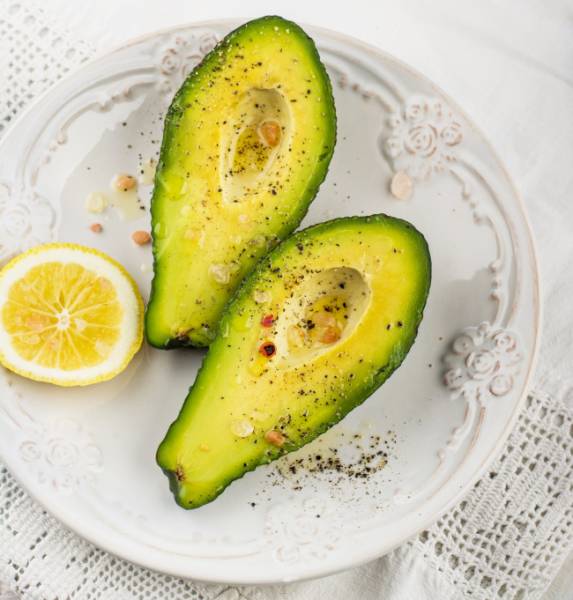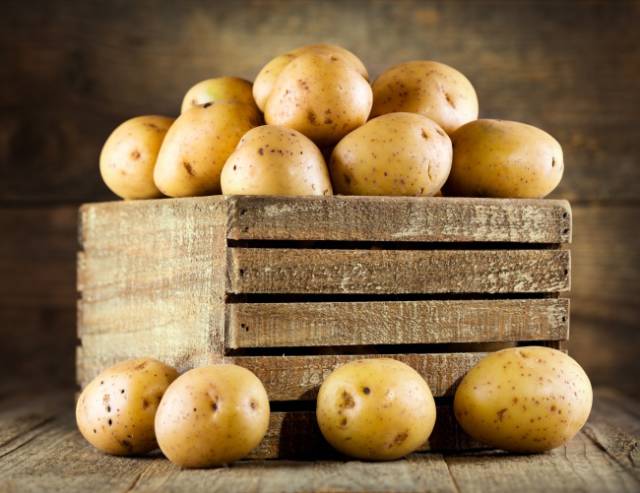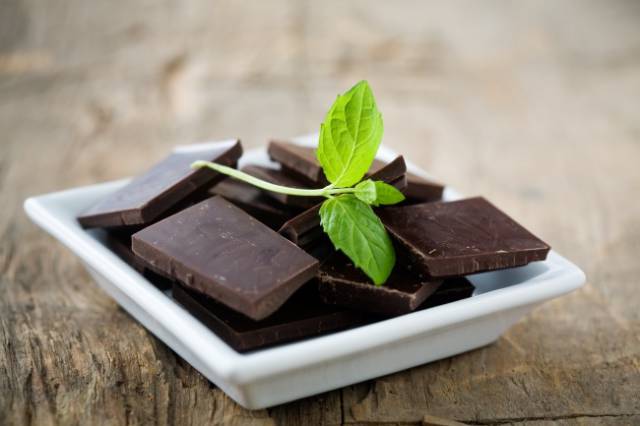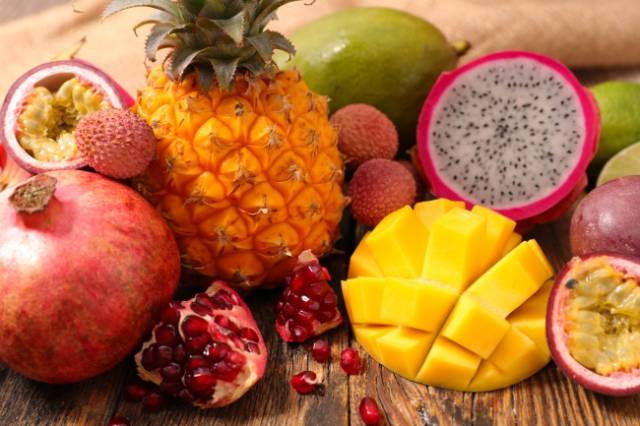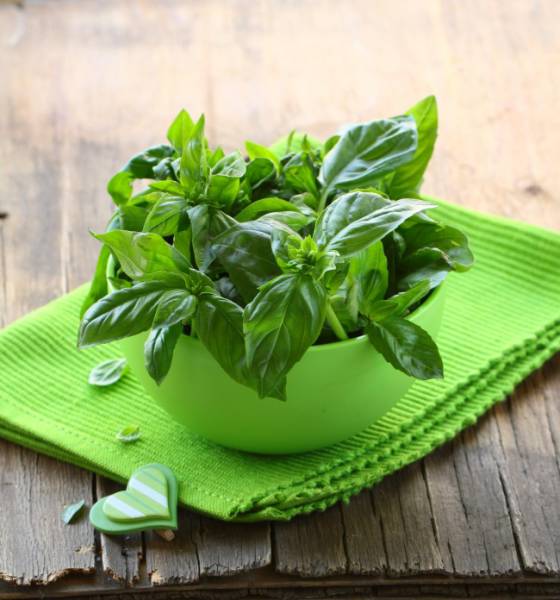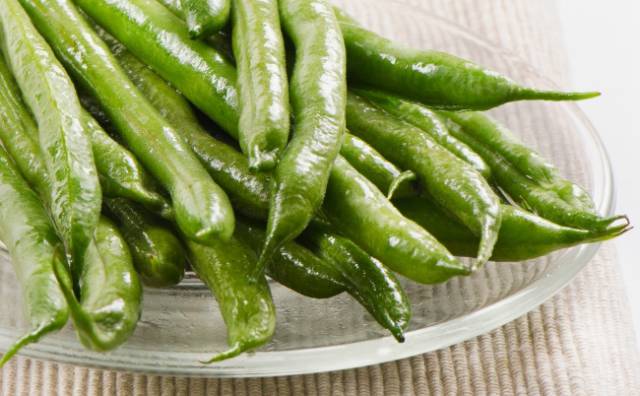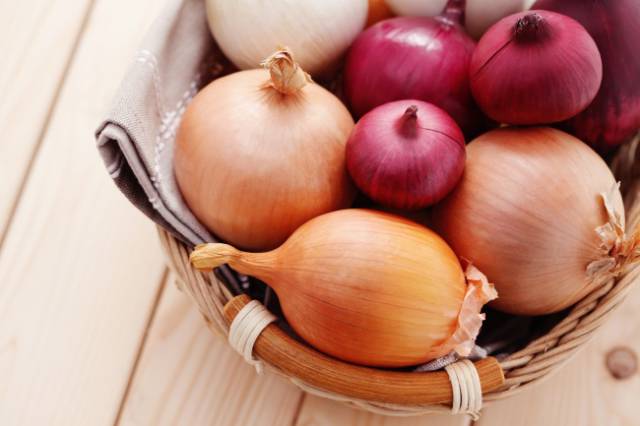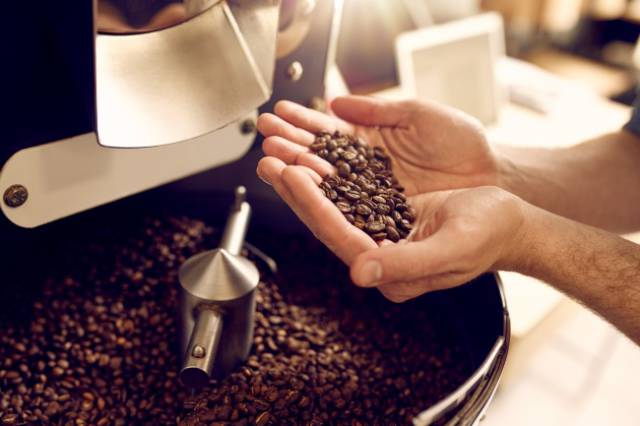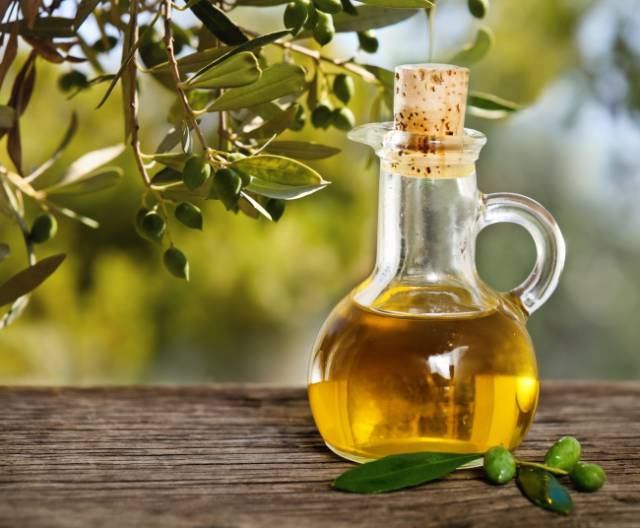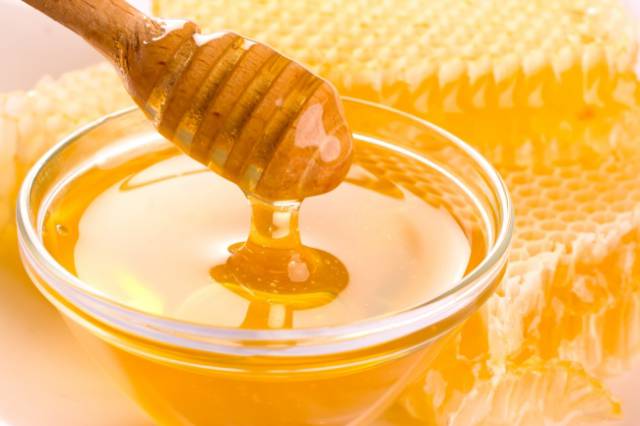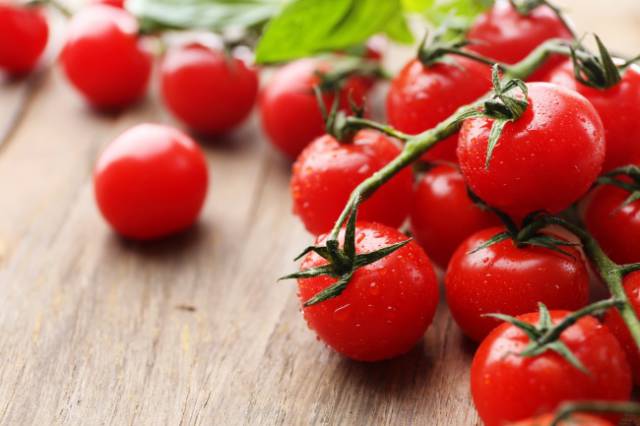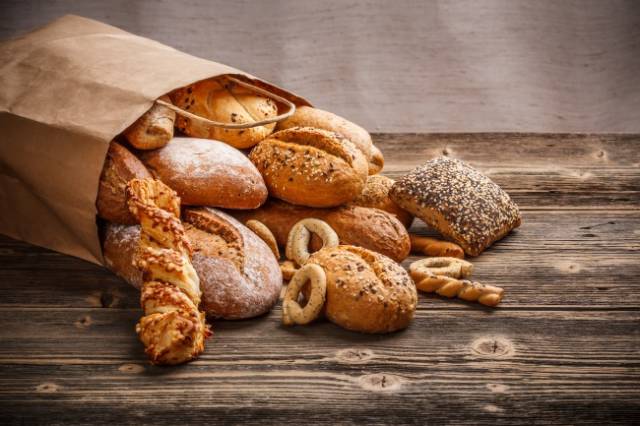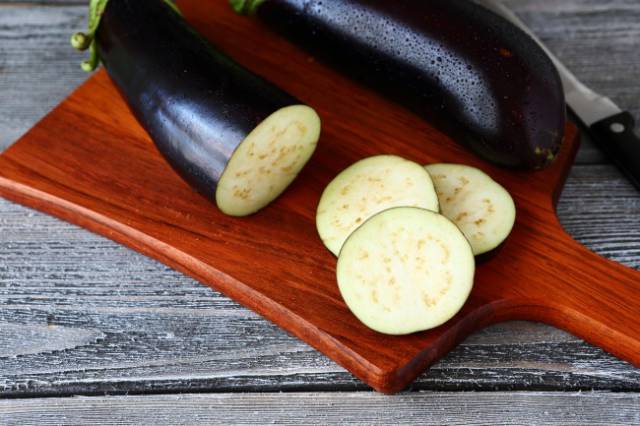Avocados
When you put unripened avocados in the fridge, they quickly begin to absorb moisture through their skin and get soft. It’s best to store avocados in a fruit bowl.
Potatoes
Keeping potatoes at a temperature below 7°С (44°F) will make them taste unpleasantly sweet. Instead of putting potatoes in the fridge, store them in a paper bag in a cool (but not cold) place.
Chocolate
At cold temperatures crystals of sucrose in the chocolate come out on the surface to form an unpleasant white bloom. As a result, the product loses its natural flavor.
Tropical fruits
Tropical fruits quickly go rotten and become harmful when placed in the fridge. You can wrap them in several layers of paper and store them in a dry dark place.
Basil
The fridge isn’t the ideal place for keeping basil. It will wilt faster and absorb all the other smells around it. It’s better to put it in a cup of water, like cut flowers.
Green beans
Putting green beans in the refrigerator will cause them to lose their useful properties. You can freeze the fresh beans and enjoy them all year round.
Onions
The moisture in the fridge will eventually turn onions soft and make them unfit for consumption. In addition, excessive moisture facilitates the growth of harmful bacteria and mold.
Coffee
You should never keep coffee in the fridge: it can take on some of the smells of other foods and lose its unique flavor. Store it somewhere cool and dark where it can retain its best qualities. However, larger amounts of coffee can be kept in the freezer.
Olive oil
It’s recommended to store olive oil at temperatures from +12 to +16°C (from 53 to 60°F). It’ll gain a harder consistency when put in the fridge.
Honey
Cold and moisture increase the speed of the crystallization of honey. As a result, it rapidly loses its taste and health benefits. However, this nutritious food will stay good almost forever if you keep it in a tightly sealed jar at room temperature.
Tomatoes
The refrigerator isn’t the best storage site for tomatoes since the cold air stops the ripening process. Cold temperatures affect the taste and texture of the tomatoes and make them mushy.
Bread
Some people think that storing bread in the fridge is the best way to keep it fresh. In fact, nothing dries out bread and makes it stale more than the fridge. If you’ve got more bread than you need, you can always make crunchy bread chips from it.
Eggplants
Eggplants are also highly sensitive to the cold temperature within the fridge. They become soft and pitted on the surface, so it’s better to keep them at room temperature.
Bananas
When refrigerated, bananas quickly turn black and look visually unappealing. When you see bananas with black spots in the store it doesn’t mean they are ripe: it’s because they haven’t been stored properly during transportation.

